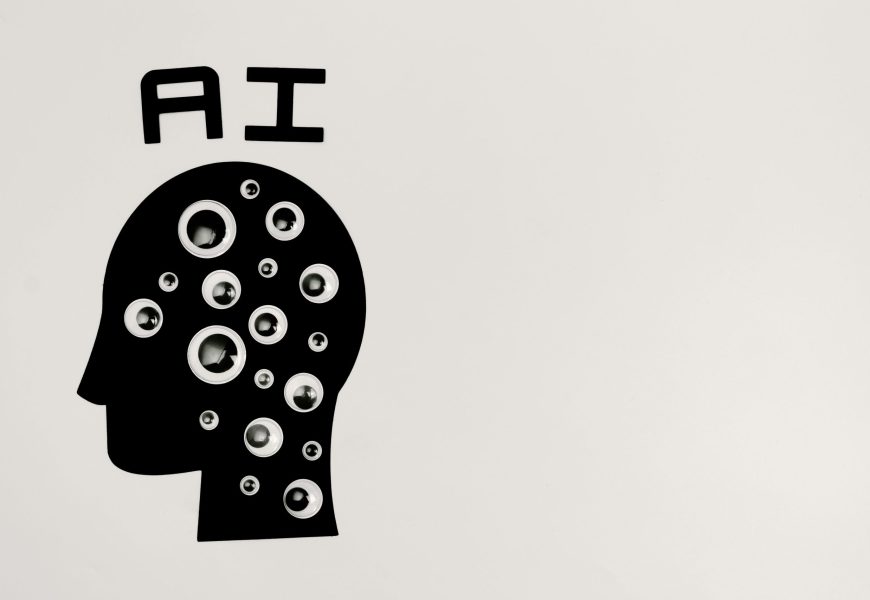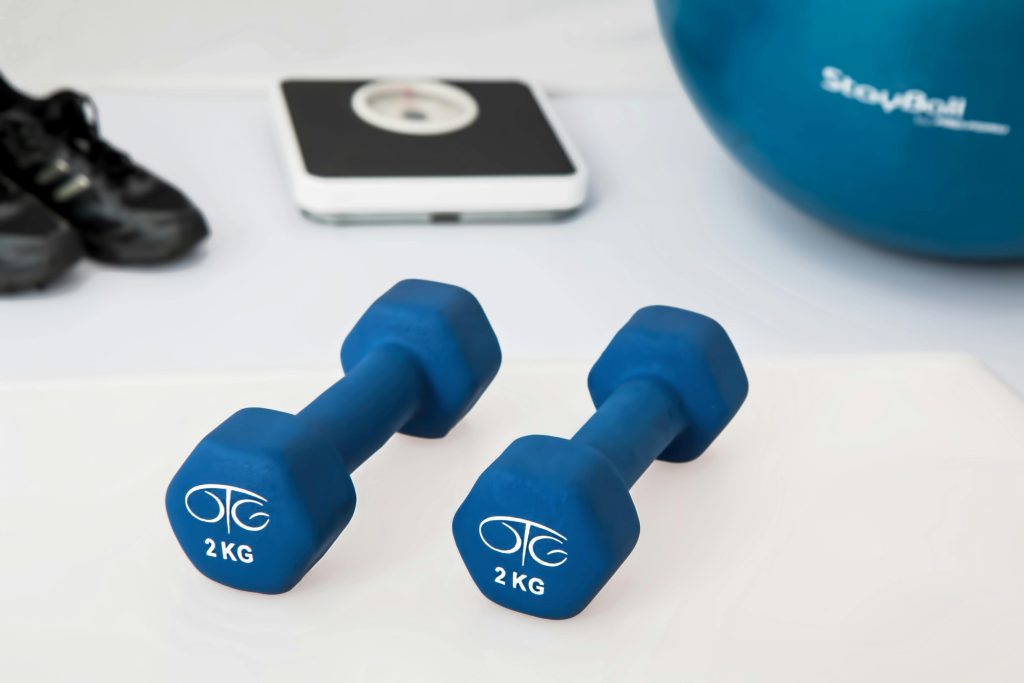SPORTS
How AI and Data Analytics Are Transforming Professional Sports in North America
In the rapidly evolving landscape of professional sports, artificial intelligence (AI) and data analytics are reshaping everything from player performance to fan engagement. Major North American leagues — including the NBA, NFL, MLB, NHL, and MLS — are embracing partnerships with AI and data firms to gain strategic advantages, reduce injuries, and elevate the overall sports experience. Companies like Second Spectrum, STATS Perform, Hawk-Eye Innovations, and others are leading this technological revolution.
June 1, 2025
Precision Tracking and Tactical Insights
At the forefront is Second Spectrum, a company revolutionizing player tracking with AI-powered visual and statistical models. Used by the NBA and MLS, Second Spectrum’s system tracks player and ball movement in real time, offering in-depth analysis of shot selection, defensive schemes, and spacing. Coaches use this data to adjust tactics on the fly, while broadcasters incorporate AI-generated graphics to enhance the viewing experience.
Similarly, STATS Perform equips teams with predictive analytics, injury prevention tools, and performance metrics. Its machine learning models assess historical data to forecast game outcomes and identify early signs of player fatigue or injury risk. Teams in the NFL, NHL, and MLB use these insights to inform training regimens and in-game strategy.
Enhancing Officiating Accuracy
Hawk-Eye Innovations, a Sony subsidiary, is best known for its role in tennis, but it's now embedded in NBA and MLB officiating systems. With high-speed cameras and AI algorithms, Hawk-Eye supports real-time decision-making — from tracking pitch locations in baseball to validating shot clock violations in basketball. Its precision helps reduce human error and improves game fairness.
Meanwhile, Zebra Technologies employs RFID sensors placed in NFL players’ shoulder pads to track movement metrics like speed, acceleration, and positioning. This enables real-time biometric tracking, helping coaches manage workloads, refine game plans, and minimize injury risks.
Wearables and Biometric Optimization
Wearable technology is another major growth area. Catapult Sports delivers AI-integrated wearable devices used across the NBA, NFL, and NCAA. These monitor heart rate, fatigue, and biomechanical efficiency to guide substitution strategies and flag injury risks. Likewise, KINEXON wearables provide real-time player tracking and fatigue monitoring, enabling coaches to fine-tune workloads and reduce overtraining.
Whoop, used by MLB and NBA teams, specializes in recovery optimization. Its wearable monitors track sleep, heart rate variability, and recovery, offering AI-driven recommendations to maximize performance and reduce burnout. These tools are now integral to elite sports conditioning programs.
Smarter Scouting and Game Analysis
Video analysis is also benefiting from AI. Hudl, used by NFL and NCAA programs, automatically tags and classifies game footage by play type. This streamlines scouting and post-game review, while AI-generated metrics help identify emerging talent and refine recruitment strategies.
IBM Watson AI takes a different angle, focusing on fan engagement and content generation. Its AI tools offer predictive match insights, auto-generated commentary, and personalized highlights for major events like Wimbledon and the Masters. By delivering tailored content, it deepens audience connection and transforms how fans consume sports media.
Industry-Wide Impact and Ethical Considerations
The adoption of AI across professional sports has led to tangible benefits:
- Smarter Decision-Making: Coaches and analysts now rely on real-time, data-backed insights for tactical adjustments, player selection, and load management.
- Injury Mitigation: Wearables and biometric trackers help detect physical stress early, reducing long-term injuries.
- Fairer Officiating: Systems like Hawk-Eye are improving call accuracy, which is crucial in high-stakes games.
- Deeper Fan Engagement: Personalized highlights and smart commentary are revolutionizing how games are watched and understood.
However, the increasing use of AI raises ethical questions. Player data privacy must be rigorously protected, and AI models must be regularly audited to prevent bias — particularly in areas like officiating or player evaluation. Additionally, while AI aids decision-making, maintaining the human element in coaching and gameplay is critical to preserving the integrity of sport.
Conclusion
AI and data analytics are not just enhancing performance and entertainment in professional sports — they are redefining them. From the court to the broadcast booth, companies like Second Spectrum, STATS Perform, and Catapult Sports are ushering in a data-driven era where success hinges on both athleticism and algorithm. As these technologies evolve, so too will the way we play, watch, and experience the games we love.
- Smarter Decision-Making: Coaches and analysts now rely on real-time, data-backed insights for tactical adjustments, player selection, and load management.
- Injury Mitigation: Wearables and biometric trackers help detect physical stress early, reducing long-term injuries.
- Fairer Officiating: Systems like Hawk-Eye are improving call accuracy, which is crucial in high-stakes games.
- Deeper Fan Engagement: Personalized highlights and smart commentary are revolutionizing how games are watched and understood.




